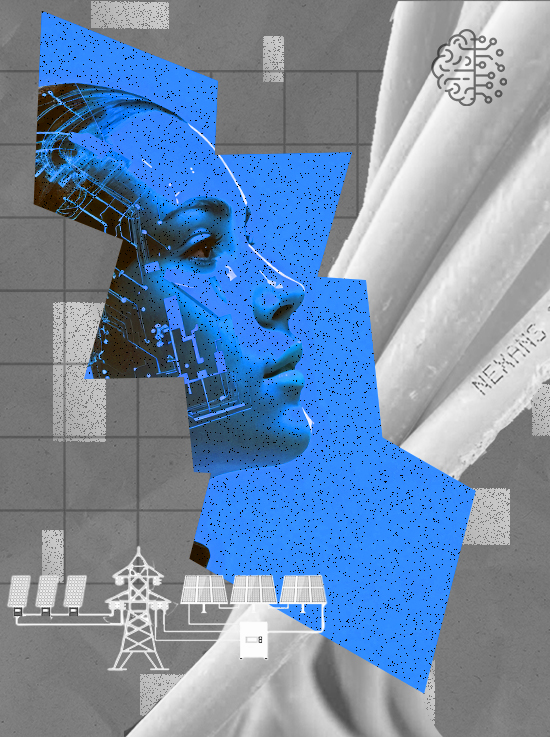Data quality: the foundation for AI-driven success
To effectively sway decisions towards our electrification solutions, crafting compelling content that resonates with the audience’s expectations and level of understanding is imperative.
At the heart of every AI application lies one critical factor: data. AI systems can only be as good as the data they process. In an industry that generates millions of data points across its operations—from customer interactions to equipment performance—ensuring data quality is paramount. Without accurate, consistent, and up-to-date data, even the most advanced AI algorithms can fail.
AI tools assist in cleaning and organizing data, eliminating errors, and filling in gaps. For instance, Nexans used AI to process thousands of technical documents, which helped streamline workflows and improve decision-making across the organization.
Ensuring high-quality data is not just a best practice but a necessity for maximizing the effectiveness of AI in the electrification industry.
The human + AI partnership driving electrification
In every corner of the electrification industry—from designing fire-resistant cables to predicting power grid failures and safeguarding worker safety—AI is making significant contributions.
AI is not replacing human expertise but enhancing it. The future of electrification will be shaped by how well we integrate AI into our operations and decision-making processes.
By combining the power of AI with human ingenuity, we are on the cusp of an electrification revolution that promises a smarter, safer, and more sustainable world.
Nexans has embarked on a transformative journey, leveraging Generative AI not just as a tool for superior data quality but as a catalyst for human-AI collaboration, marking a new era of responsible data excellence. Our experience with Nexans AI has laid the groundwork for this evolution, streamlining operations and empowering our teams. As we integrate Generative AI, our focus on data quality becomes a cornerstone for innovation and efficiency.
By prioritizing data quality and integrating human oversight, we are setting new standards for data excellence. This partnership ensures that AI remains a force for good, driving innovation while upholding ethical standards and human values.





